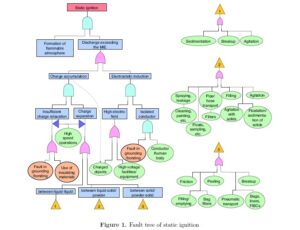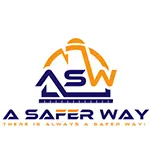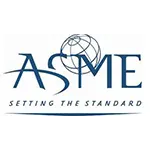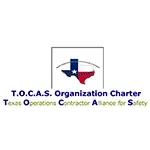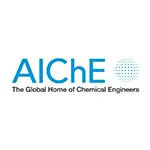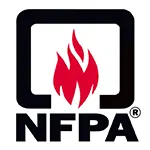Let us help you make sense of PSM / RMP!
My friend Brian Chapin will be offering an open-enrollment PSM/RMP class in Burleson, Texas, July 8th to 11th, 2025. Brian is an absolute pro in NH3 Refrigeration Process Safety. Anyone who attends will also get a FREE membership to SAFTENG. You can get more information on the class with this link.
CLICK HERE to Renew your Membership
CLICK HERE for a NEW Membership
CLICK HERE to see eligibility requirements for FREE Membership
If you have any questions, please contact m
SAFTENG has:
- Over 18,000 categorized unsafe acts/conditions and accident/injury photos
- Over 1,500 ppt's & doc's in the SAFTENG Library
- Over 4,000 Technical Articles on Process Safety, Emergency Response & OSH topics
- Over 450 videos (those not allowed on YouTube Channel)
Many THANKS to my NEW Members and those who CONTINUE to support SAFTENG:












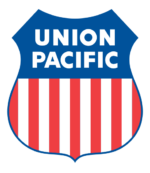
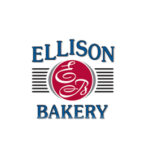
June 27, 2011
MANY THANKS to my NEW & RENEWING “Partners in Safety”for their support! Fluor-B&W Portsmouth since 6/2011, Westinghouse since 2008, and Suzlon since 2009 2011 Fatality Tracker Electrical 29 (2010 = 90) (2009 = 100) Forklift/Manlift Mobile Equipment 42 (2010 = 110) (2009=88) Mining 126 (2010 = 480) (2009 = 586) Explosions 127 (2010 = 246) (2009 = 302) Cranes 18 (2010=50) (2009 =...
Read More
June 26, 2011
This is the terrifying moment when a teenager narrowly escaped death in an avoidable industrial accident. A Trainee electrician, 17, was seriously injured when a fork-lift truck carrying aloft the ‘man cage’ he was working in toppled over in a city warehouse. He suffered a double fracture of the pelvis, facial stitches, a broken front tooth and a lacerated elbow after plummeting 20 feet...
Read More
Statistical analysis of fires and explosions attributed to static electricity over the last 50 years
June 25, 2011
This paper presents a statistical analysis of 153 accidents attributable to static electricity in Japanese industry over the last 50 years. A more thorough understanding of their causes could help prevent similar incidents and identify hazards that could assist in the task of risk assessment. Most of the incidents occurred during operations performed by workers. In addition, more than 70% of the flammable...
Read More
June 24, 2011
The CFATS Personnel Surety Program will provide high-risk chemical facilities with the mechanism to implement security measures to ensure that certain individuals are subject to screening for ties to terrorism. The program is necessary since conducting terrorist ties checks is an inherently governmental function because the federal governments Terrorist Screening Database (TSDB) is not publicly available....
Read More
June 23, 2011
MANY THANKS to my RENEWING “Partners in Safety”for their continued support! Westinghouse has been a Corporate Support since 2008 and Suzlon since 2009 2011 Fatality Tracker Electrical 29 (2010 = 90) (2009 = 100) Forklift/Manlift Mobile Equipment 41 (2010 = 110) (2009=88) Mining 125 (2010 = 480) (2009 = 586) Explosions 127 (2010 = 246) (2009 = 302) Cranes 18 (2010=50)...
Read More
June 21, 2011
These days it is becoming common practice to utilize truck driver(s) of our hazardous material(s) deliveries to do more than just deliver the material. The line of thought in doing this, is that the drivers must be “qualified” or they would not be allowed to transport the hazardous materials. Well, they may be qualified to transport the hazardous materials, but the LOADING and...
Read More
June 20, 2011
Nowadays, we see a lot of Confined Space (CS) incidents caused by the work that is taking place inside the space rather than the actual process hazards that made the Confined Space a Permit-Required Confined Space (PRCS). I had an incident when I was an S&H Manager in the process chemical industry that was one nobody thought of until it was too late. I want to share this incident with you and demonstrate...
Read More
June 17, 2011
This is a video you have to see to believe! Worker uses a ladder as a walkway between two construction projects about 50′ up.
Read More
June 16, 2011
MANY THANKS to my RENEWING Partner in Safety! Sponsor since 2008 2011 Fatality Tracker Electrical 28 (2010 = 90) (2009 = 100) Forklift/Manlift Mobile Equipment 41 (2010 = 110) (2009=88) Mining 124 (2010 = 480) (2009 = 586) Explosions 124 (2010 = 246) (2009 = 302) Cranes 18 (2010=50) (2009 = 82) Falls 55 (2010 = 139) (2009 = 172) (2008 = 250) Work Zone 15 (2010 = 50)...
Read More
June 16, 2011
Crane lifts very heavy pool (home renovation took a turn for the worse when the crane lifting it into the yard crashed through the roof – the fibreglass pool/hot tub combination was apparently too heavy for the crane – it popped into the air at a 45-degree angle, and the crane’s arm fell over onto the garage – no one was injured, and the homeowner — who has declined to comment to...
Read More


